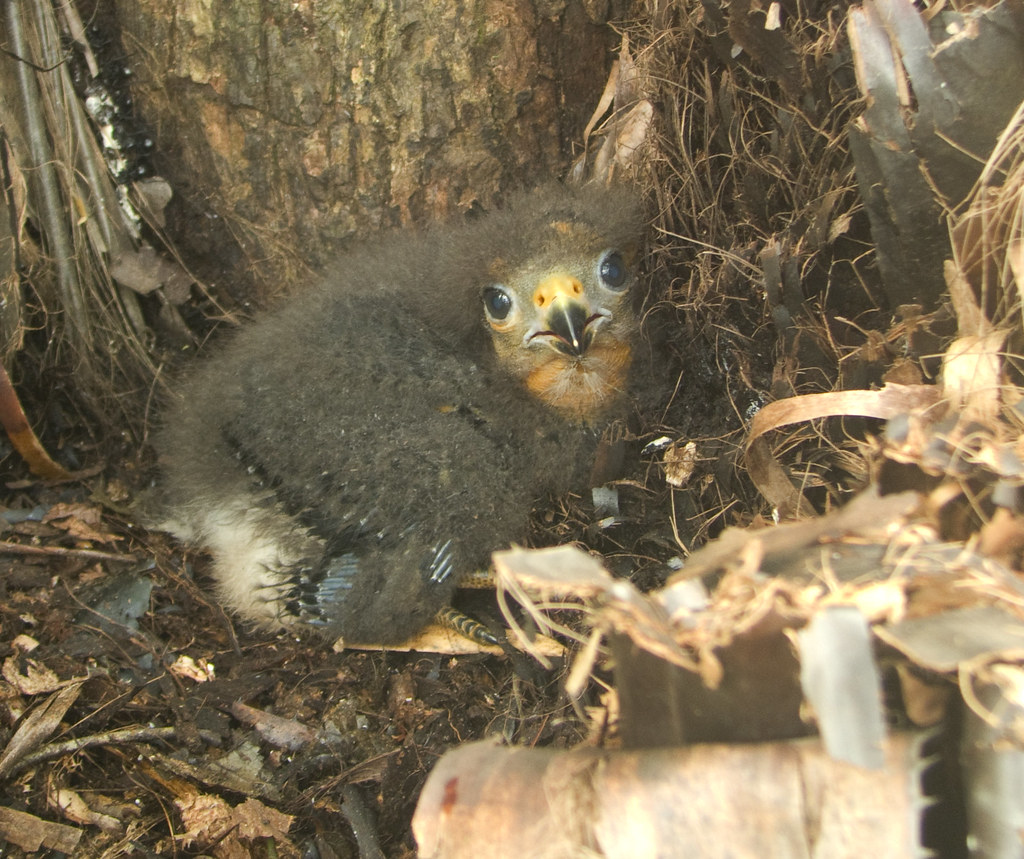
Things have been rather quiet here at Ibycter lately, with less in the way of Weekend Expedition posts and no Cheapskate Tuesday posts for a while. The reason for this is that Catherine and I are getting ready to make a trip to Honduras to do a preliminary conservation study on Red-throated Caracaras.
If you remember from back in June, the Honduran Conservation Coalition found and monitored a nest site in the Olancho Department, and they believe there is still a sizable population of caracaras nearby. I have wanted to work on Red-throated Caracara conservation biology for a long time, as no formal study has been done on the conservation of these birds in Central America. They are in steep decline across the region, and have disappeared from Mexico and Guatemala.
I was invited by Mark Bonta to come and do some research on these birds, and so, because I had funding from the National Birds of Prey Trust to do conservation research, I informed them of a change in venue to the heart of the region where caracaras are declining. We have since secured some more funds from the Zoo Conservation Outreach Group, as well as a private donor, and so we will be going to implement the start of the project.
This project will see us engaging the local volunteers and researchers to help us determine home range sizes and habitat occupancy of caracaras in the forests near Gualaco. We will do radio tracking of birds from various caracara groups in the area, and will hopefully be able to get a preliminary estimate of home range size. We will also do call-playback surveys of the forests in order to determine the numbers of groups occupying the area. A third objective is to make further documentation of nesting behavior and food habits of the caracaras, as this is relatively unknown for the region.
Anyway, we ship off Monday, and will arrive in Tegucigalpa on Tuesday. After that we will be guided around the region and introduced to the stakeholders and collaborators. This is my very first field research conducted outside the bounds of a research camp, so making sure that everything is in order is a bit stressful.
We hope, however to continue to blog both here, at Catherine’s SpiderBytes blog and also at the ESC blog about all the cool stuff we encounter and the process of doing exploratory field research.

